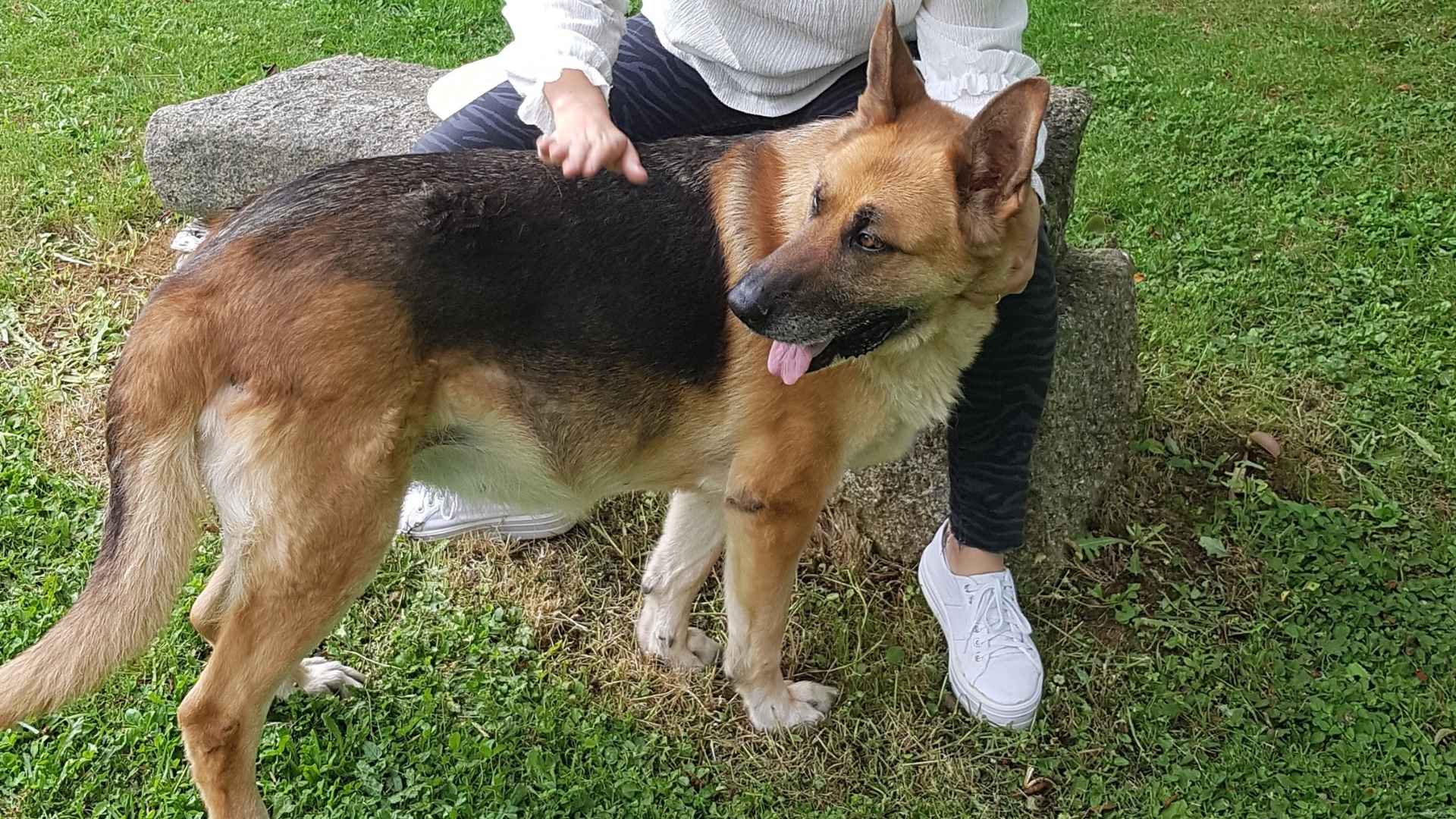Ever notice dogs who seem to physically block strangers from leaning on you? What’s really at play is more than posture—it’s attachment, perception, and protective instinct. Social referencing shows dogs look to their owners for emotional cues in uncertain situations, responding much more strongly to their reactions than those of strangers.
Digging into aggression statistics, recent research in Finland covering over 13,700 dogs reveals aggressive behavior toward unfamiliar people in about 6% of cases—and toward family members in about 6.4%—though true defensive behavior, especially resource or owner protection, often reflects deeper breed tendencies and fear susceptibility.
Certain breeds, shaped by lineage, genetics, and selective breeding for guarding, exhibit protective responses that go beyond alarm barking—they actively guard the person in their inner circle. The breeds historically developed for protection often instinctively guard their humans without being uncontrolled or aggressive.
Dog Breeds that Never let Strangers Touch their Owners
Here are the most protective breeds:
1. Doberman Pinscher
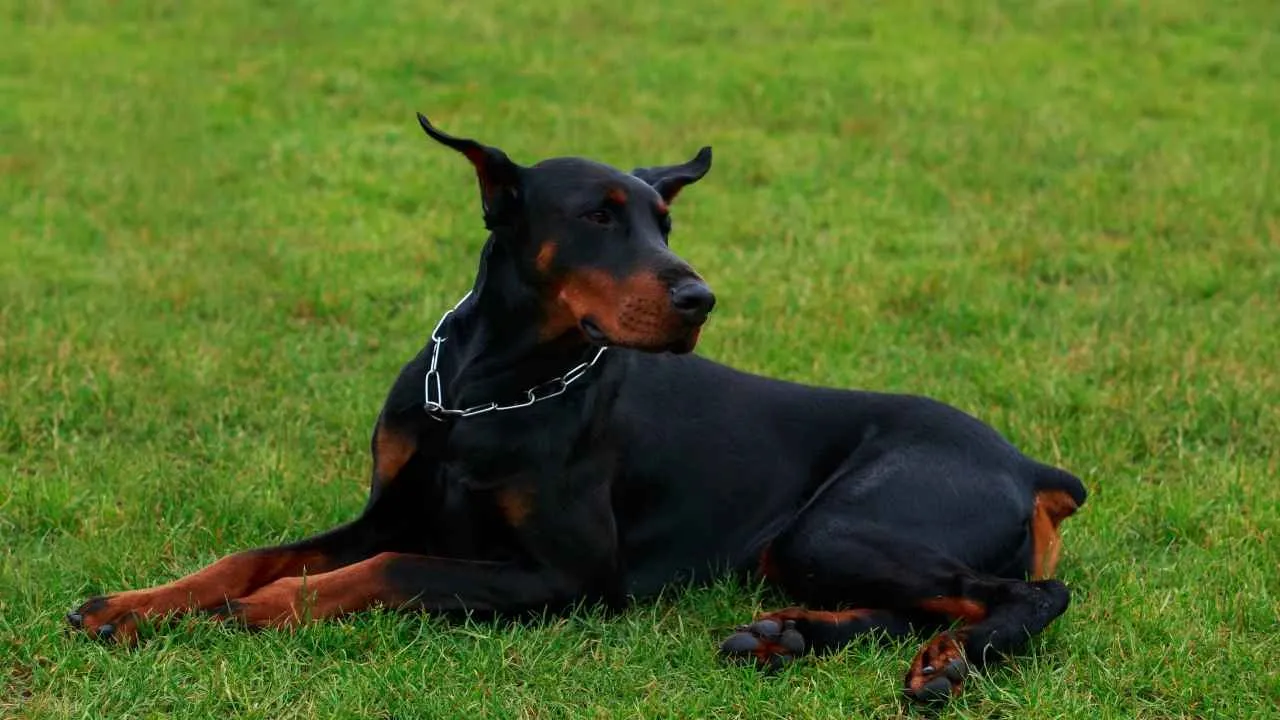
Bred in Germany in the late 19th century by a tax collector who needed protection on his rounds, they were designed to be fearless, intelligent, and loyal. Today, that legacy is very much alive.
These sleek, high-drive velcro dogs are known for sticking close to their owners, constantly watching, always alert. They aren’t the kind of dogs that let a stranger come too close to their person, especially without a warning bark.
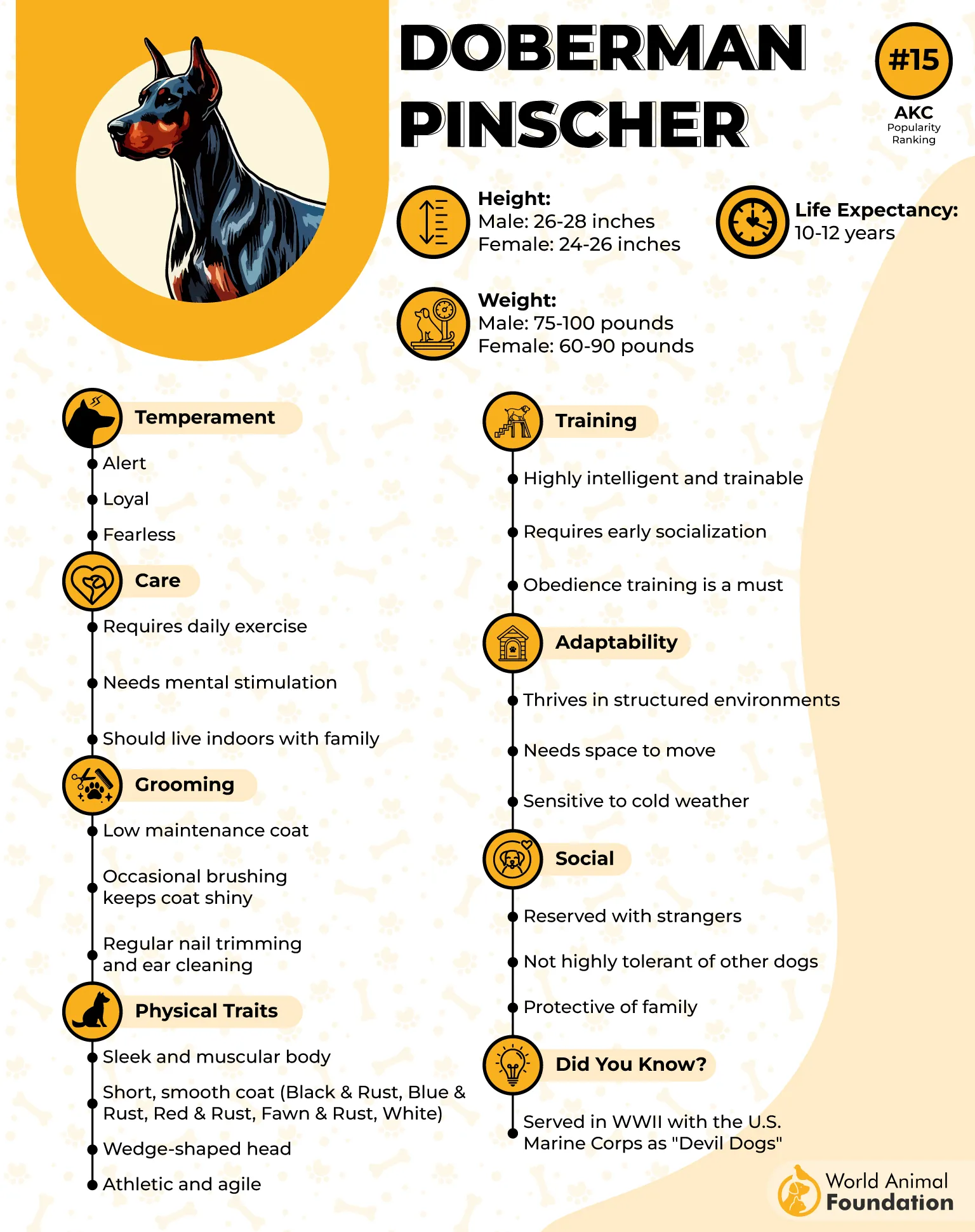
Doberman at a Glance
|
Trait |
Detail |
|---|---|
|
Exercise Needs |
High – thrives with daily physical activity |
|
Grooming |
Low-maintenance, moderate shedding |
|
Common Jobs |
Guard, Military, Police, Family Protector |
|
Known For |
Intelligence, Speed, Fearlessness |
With the right training, they can distinguish between a friendly visitor and a real threat, making them one of the smartest guard dogs out there.
They do need space to run and a routine that involves both physical activity and mental challenges. Boredom or neglect can lead to destructive behavior, not because they’re aggressive.
2. Rottweiler
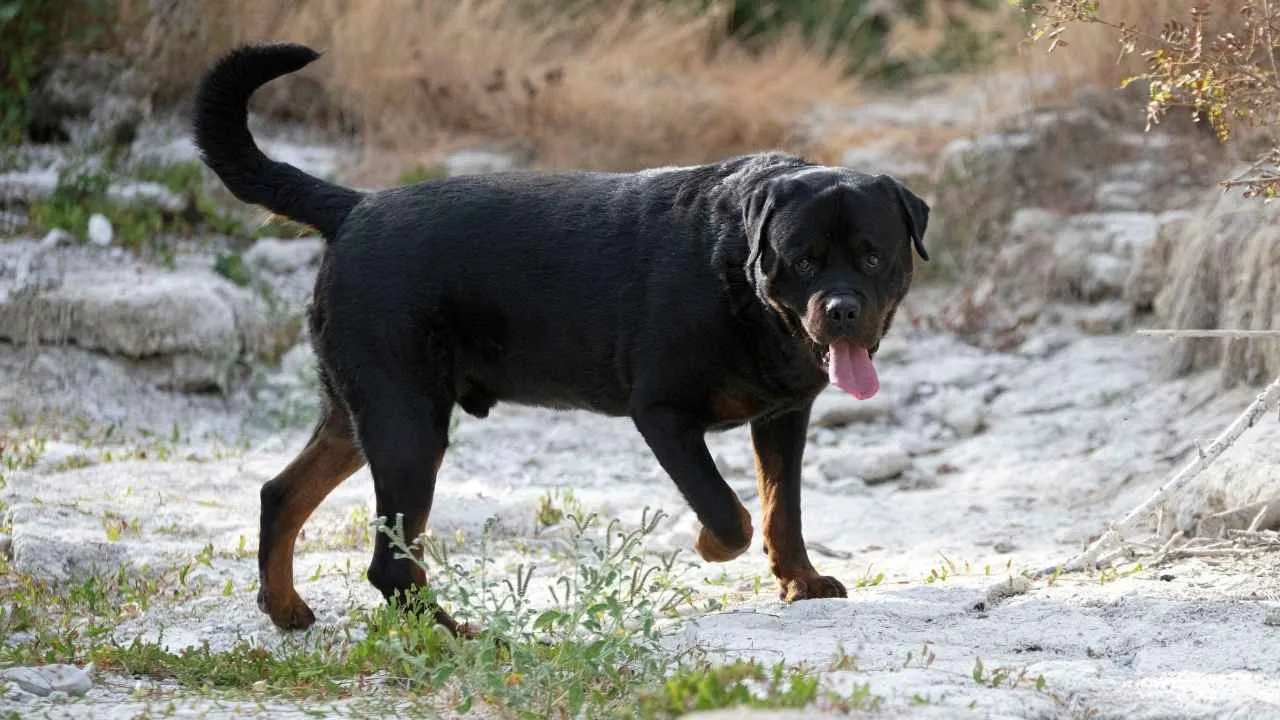
With roots tracing back to ancient Rome, the Rottweiler has long been a working companion, driving cattle, pulling carts, and guarding outposts. Centuries later, their strength, loyalty, and no-nonsense attitude make them a top choice for those who want someone who doesn’t hesitate to stand their ground.
While they’re reserved around outsiders in terms of their owners, Rottweilers often soften into calm, snuggly giants with their chosen people.
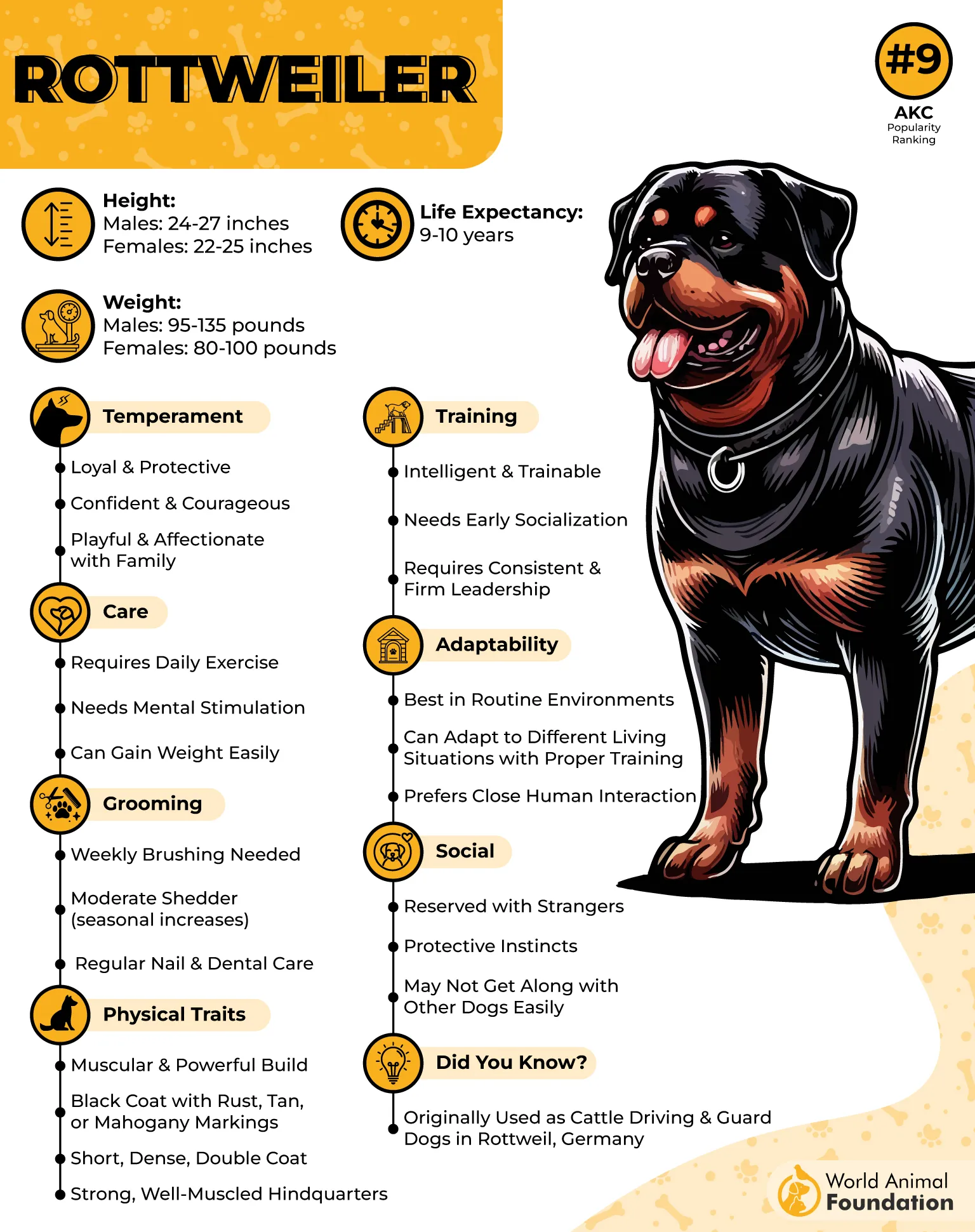
Unique Traits of the Rottweiler
|
Trait |
Description |
|---|---|
|
Physical Power |
Built like a tank with broad shoulders and serious muscle mass |
|
Composure |
Not easily rattled, they size up situations calmly before reacting |
|
Quick Learner |
Picks up on commands fast with repetition and clarity |
|
Protective Nature |
Known to shadow their person quietly and step forward when needed |
|
Deep Bonding |
Builds a tight, quiet connection with their trusted humans |
Rottweilers don’t make a scene—but make no mistake, they’re always paying attention. They tend to treat their people like a mission, moving with purpose and a quiet confidence. Give them structure, a clear role, and a bit of an area, and they’ll guard it with their life.
3. German Shepherd

Originally developed in Germany for herding and flock control, the German Shepherd has evolved into one of the most capable working dogs on the planet. Their clarity of focus, quick decision-making, and structured instincts make them ideal for roles requiring discipline and stamina.
They often don’t let strangers get close to their owners because they’re hardwired to protect. This isn’t just training—it’s in their DNA.

Key attributes
|
Trait |
What It Means |
|---|---|
|
Durable Build |
Muscular, athletic frame built for long hours of movement and alertness |
|
Strong Recall Memory |
Remembers routines, locations, and patterns over time |
|
Effortless Coordination |
Fluid movements and sharp reflexes—ideal for agility and tactical work |
German Shepherds operate with intent. According to WebMD, they don’t just follow—they assess, calculate, and act. At home, that might look like pacing the perimeter of the yard or tracking your footsteps out of sheer instinct. Out on hikes or in active households, they shine even brighter.
4. Bullmastiff
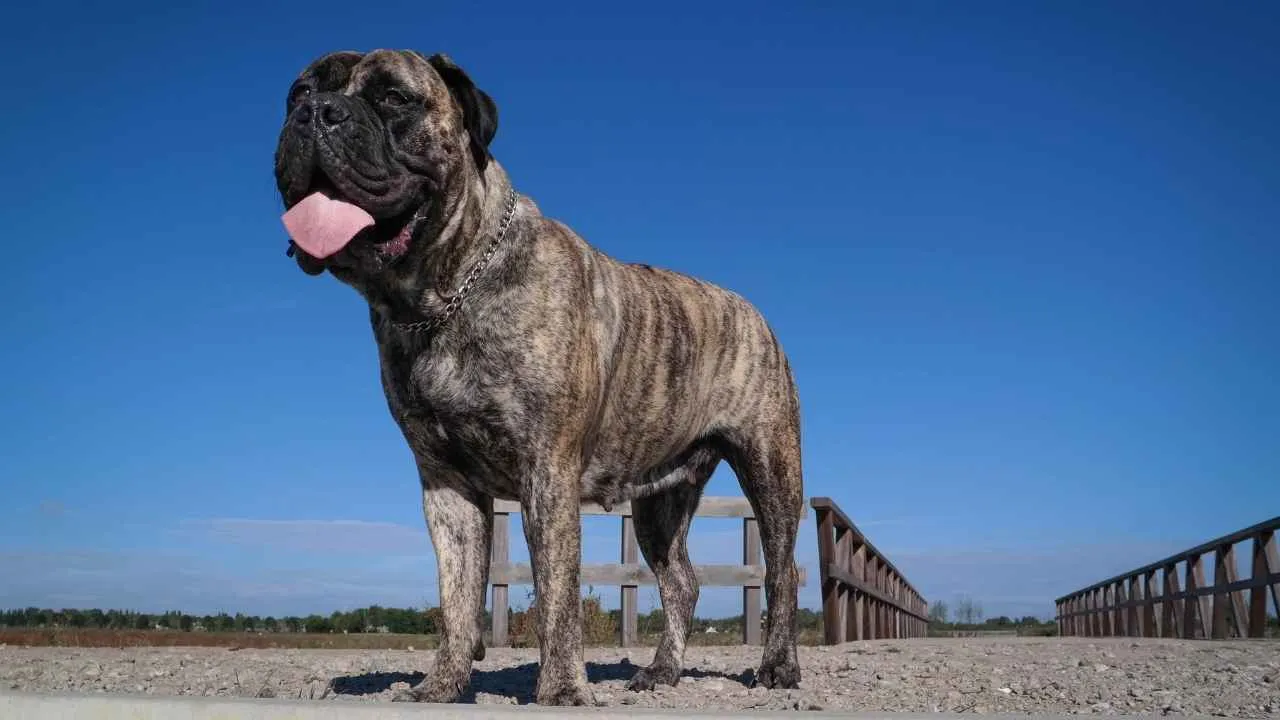
The Bullmastiff blends brute strength with unexpected tenderness. Originally crafted as the ultimate estate protector—designed to track, pin, and hold rather than harm—this dog brings a watchful presence without making noise about it.
Fast forward to today, and those same instincts translate into strong protective behavior, especially when they sense tension or unfamiliar people getting too close to their owner.
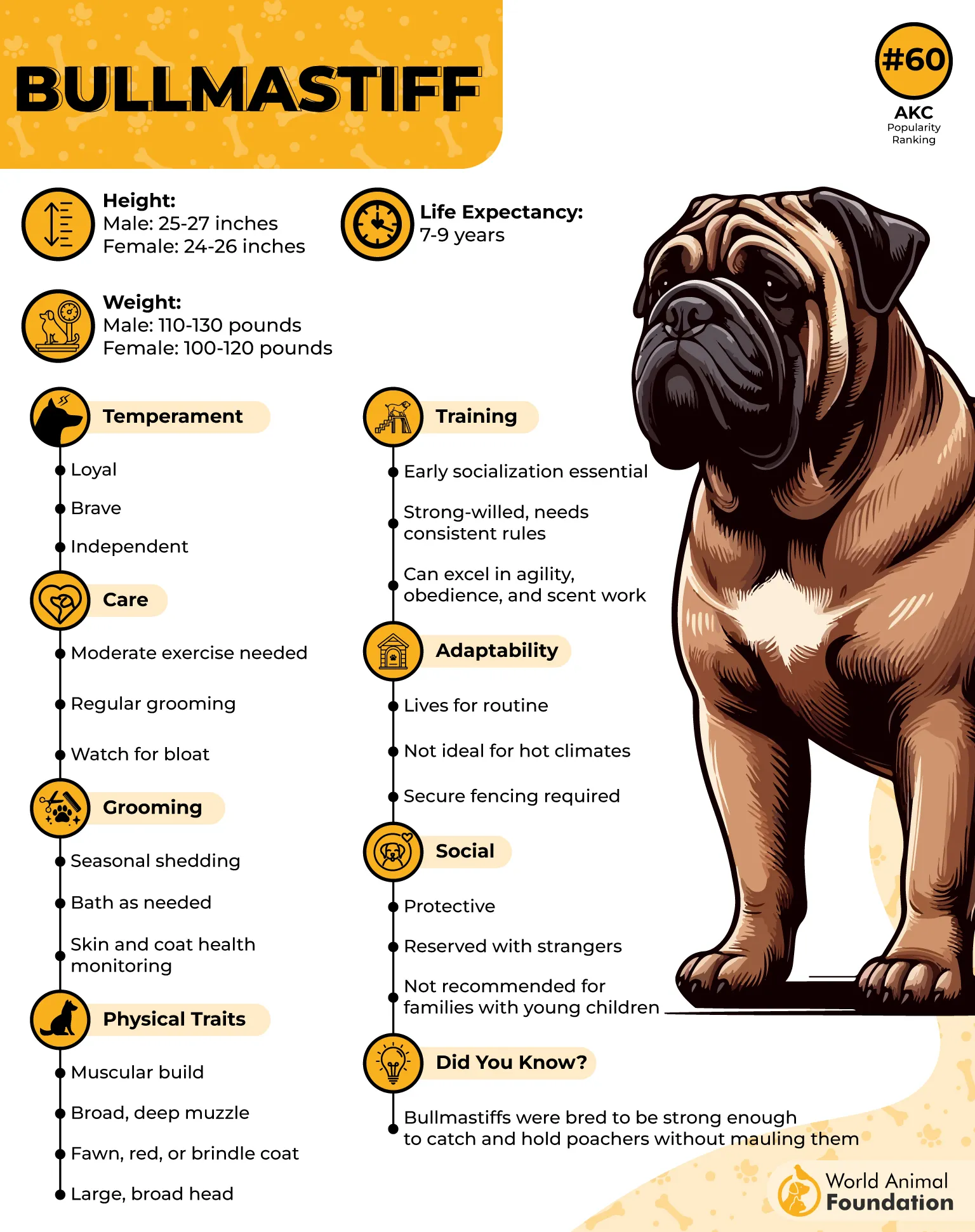
What Sets Them Apart
|
Trait |
What It Brings to the Table |
|---|---|
|
Even-Paced Mindset |
Rarely rattled, reacts only when truly necessary |
|
Emotional Attunement |
Picks up on mood shifts and household tension effortlessly |
|
Kid-Friendly Core |
Remarkably tolerant and calm around little ones |
|
Unshakeable Resolve |
Doesn’t back down from a challenge, but isn’t easily provoked |
|
Weather-Sensitive |
Not built for sweltering heat—prefers cooler conditions |
This isn’t a high-octane, ball-chasing dog. According to PetMD, the Bullmastiff would rather stay close, monitor the flow of the day, and jump into action only if something feels off.
They’re spatially aware—don’t expect them to bulldoze through your furniture unless something’s truly up. A yard helps, but a calm home with a predictable rhythm works just as well.
5. Belgian Malinois
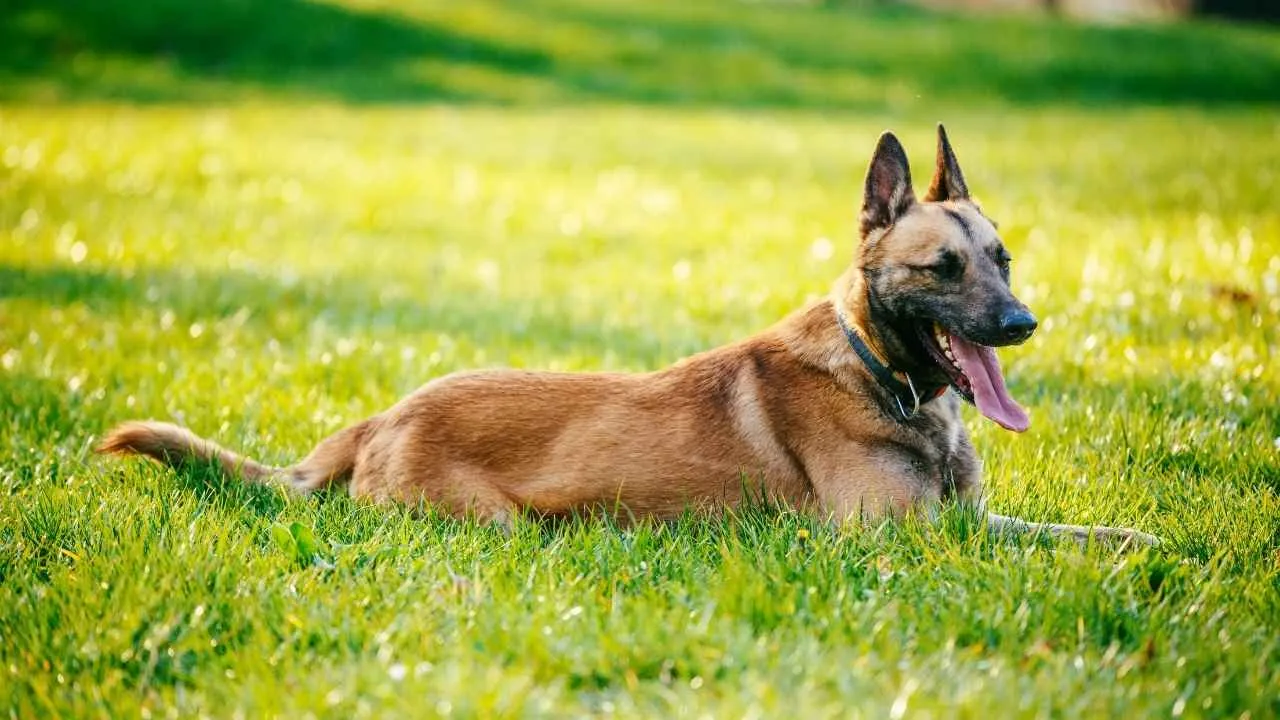
Belgian Malinois has evolved into one of the most loyal, focused, and fearless guard dogs around. Known for their high energy, quick thinking, and instinctive protectiveness, they’re often seen in military, police, and security roles—but at home, they’re the type of dog that won’t let a stranger within five feet of their person.
Fast, intense, and incredibly bonded, this breed isn’t for everyone, but for the right owner, they’re unmatched.
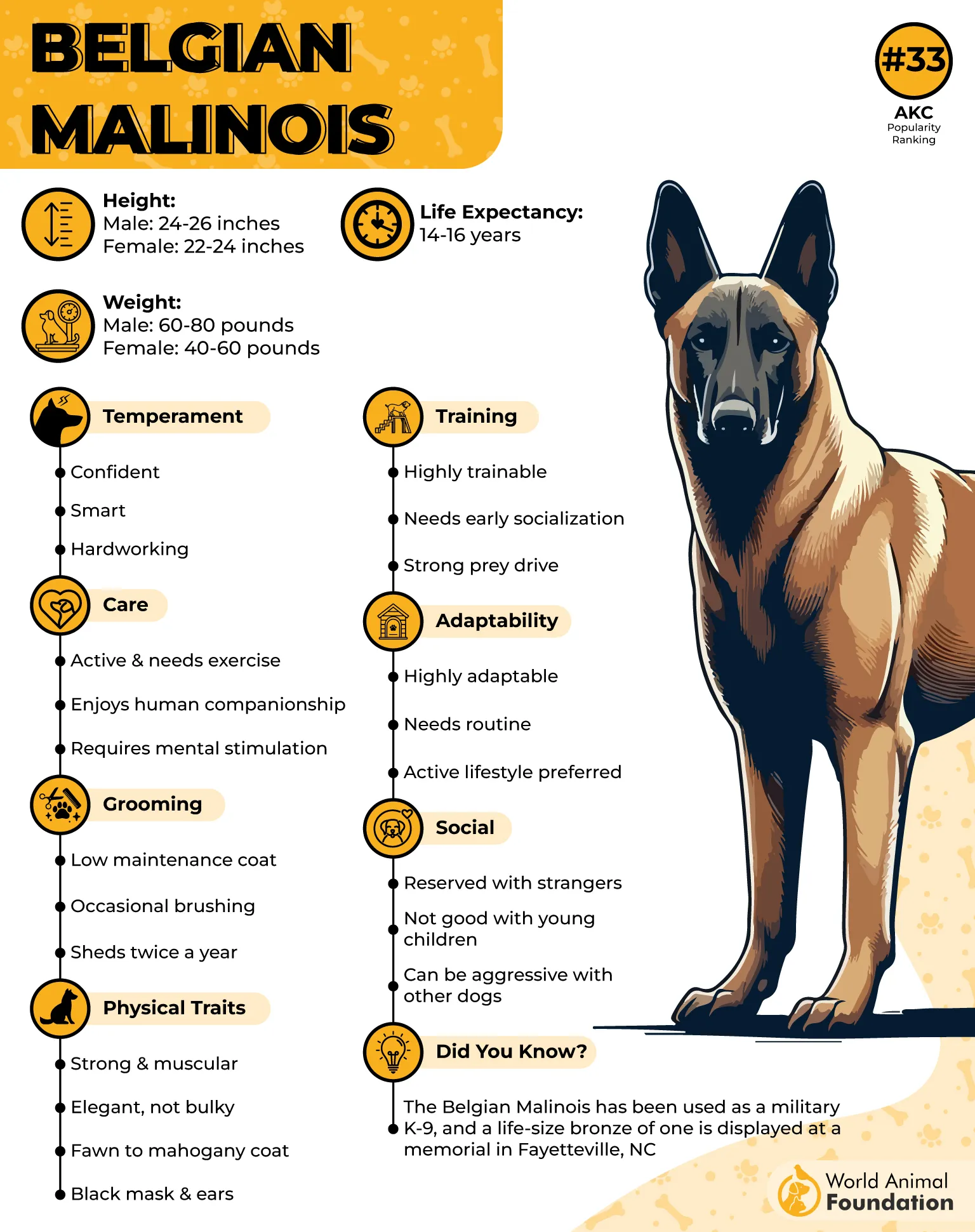
Belgian Malinois at a Glance
|
Trait |
Detail |
|---|---|
|
Attitude |
Serious, alert, instinctively protective |
|
Vocal |
Sharp and immediate; used as a warning |
|
Training Needs |
High—needs structure and purpose |
|
Best For |
Active, experienced individuals or families |
There’s a reason the Belgian Malinois is a top choice for professionals—they don’t just protect, they predict. With strong instincts and a brain that never powers down, they’re always reading the room, noticing the smallest shift in energy.
6. Akita
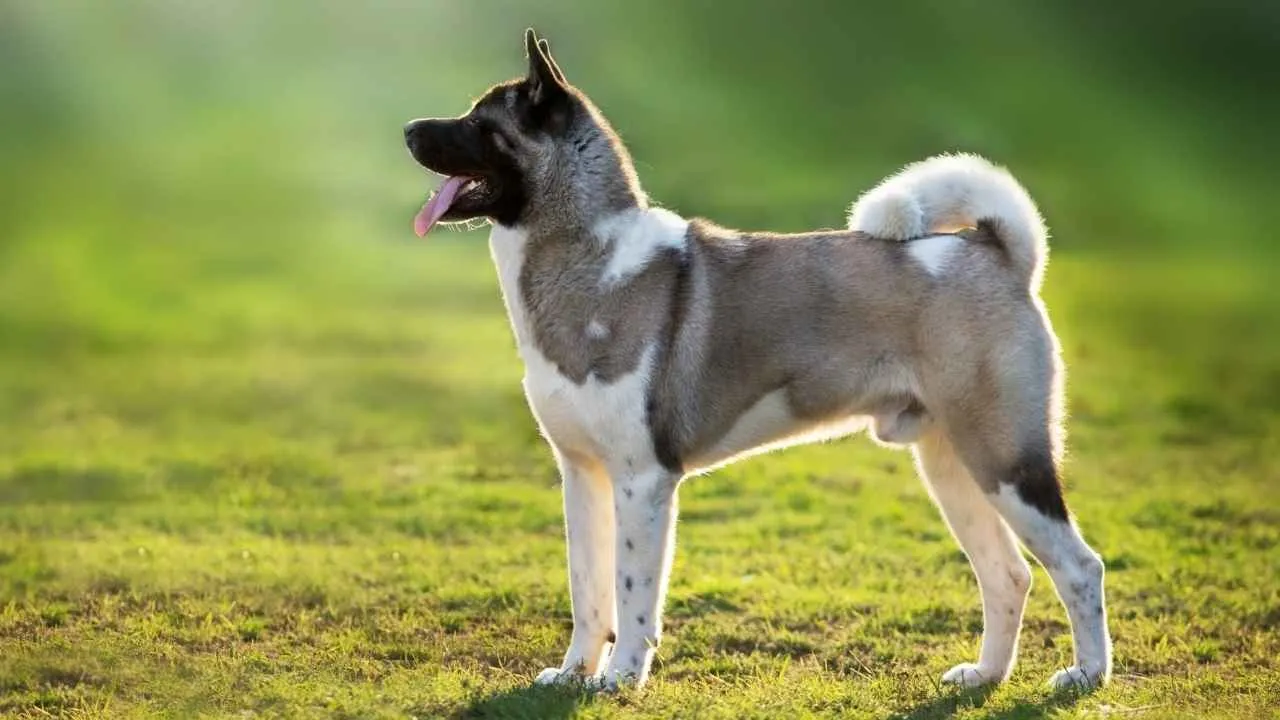
The Akita isn’t loud, flashy, or overly eager—but their presence says everything. Originating in Japan’s snowy Akita Prefecture, this breed was built to endure and designed to defend.
Akitas often keep their distance from newcomers but stay glued to the ones they trust. They don’t show affection to everyone, but when they do, it means something.
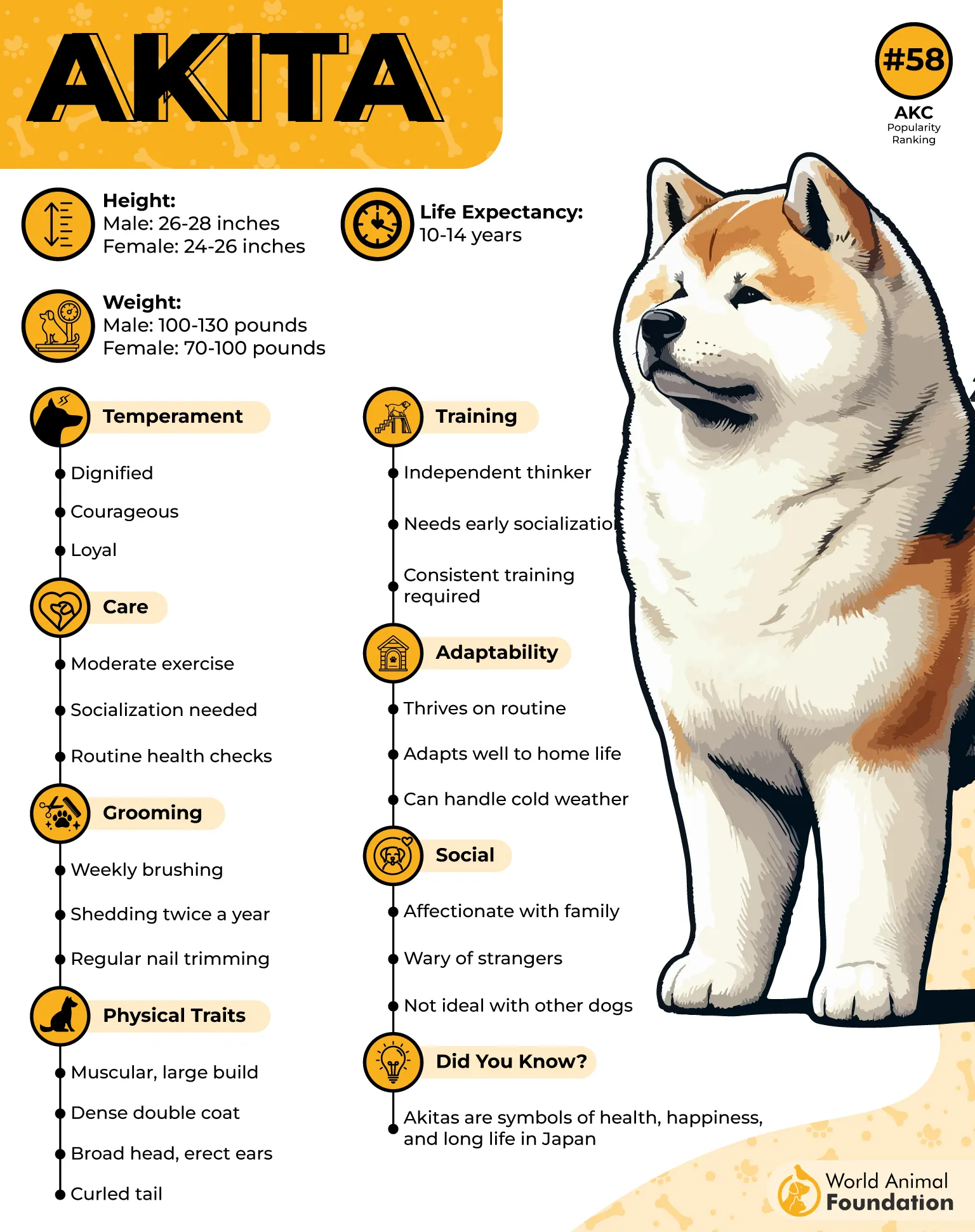
Akita at a Glance
|
Trait |
Detail |
|---|---|
|
Temperament |
Reserved, brave, self-assured |
|
Alert Signal |
Low growl or silent stare when suspicious |
|
Working Style |
Requires calm authority and repetition |
|
Best With |
Adults or older kids in low-stress homes |
Akitas often act more like a cat than a dog—selective, quiet, and extremely intentional in every move. They’re the type to sit still but still control the whole house with just their presence.
With thick coats and heavy bodies, they feel like they were made for snow and silence. They’re not built to play the clown and be funny, and they don’t need to be.
7. Cane Corso
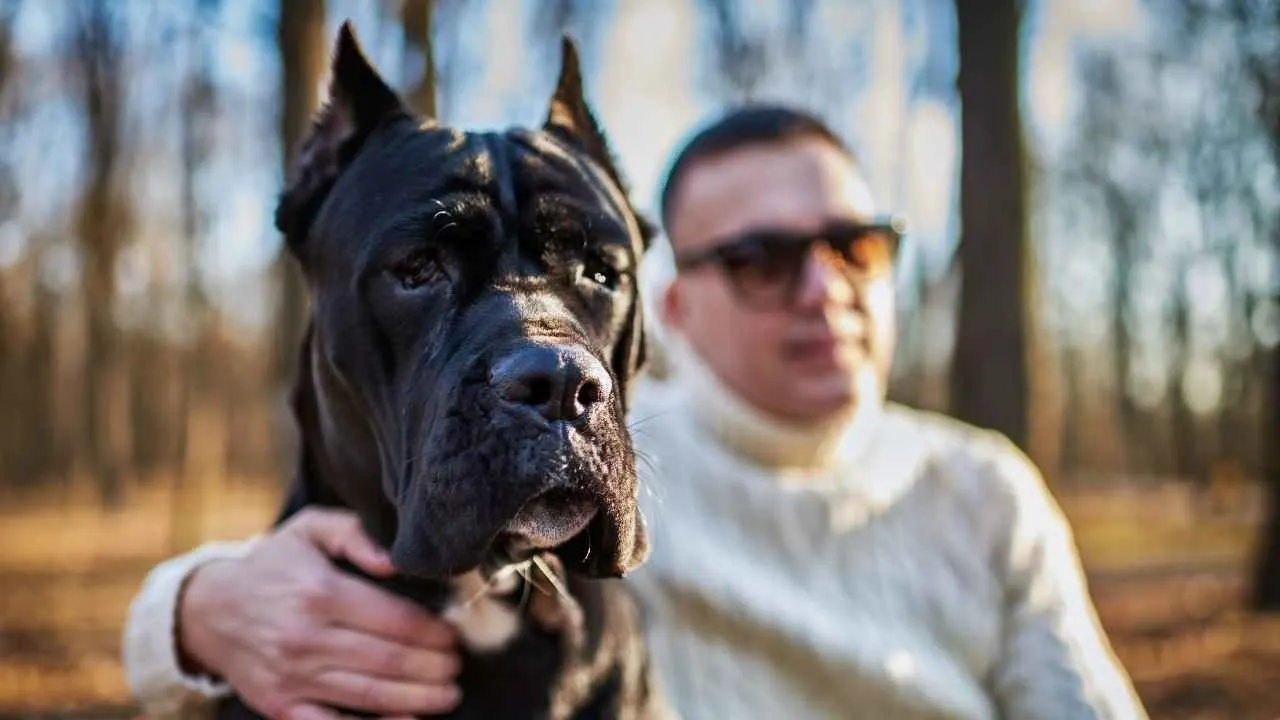
The Cane Corso, also called the Italian Mastiff, is all presence. Originally bred in ancient Rome for battle and later trusted with protecting farmland and livestock, this breed walks with a confidence that doesn’t need noise to be taken seriously.
Their size alone sends a message, but what makes them formidable is their deep sense of purpose. Many Cane Corsos will physically block or position themselves between you and someone they perceive as a threat, especially if that person approaches without your clear welcome.
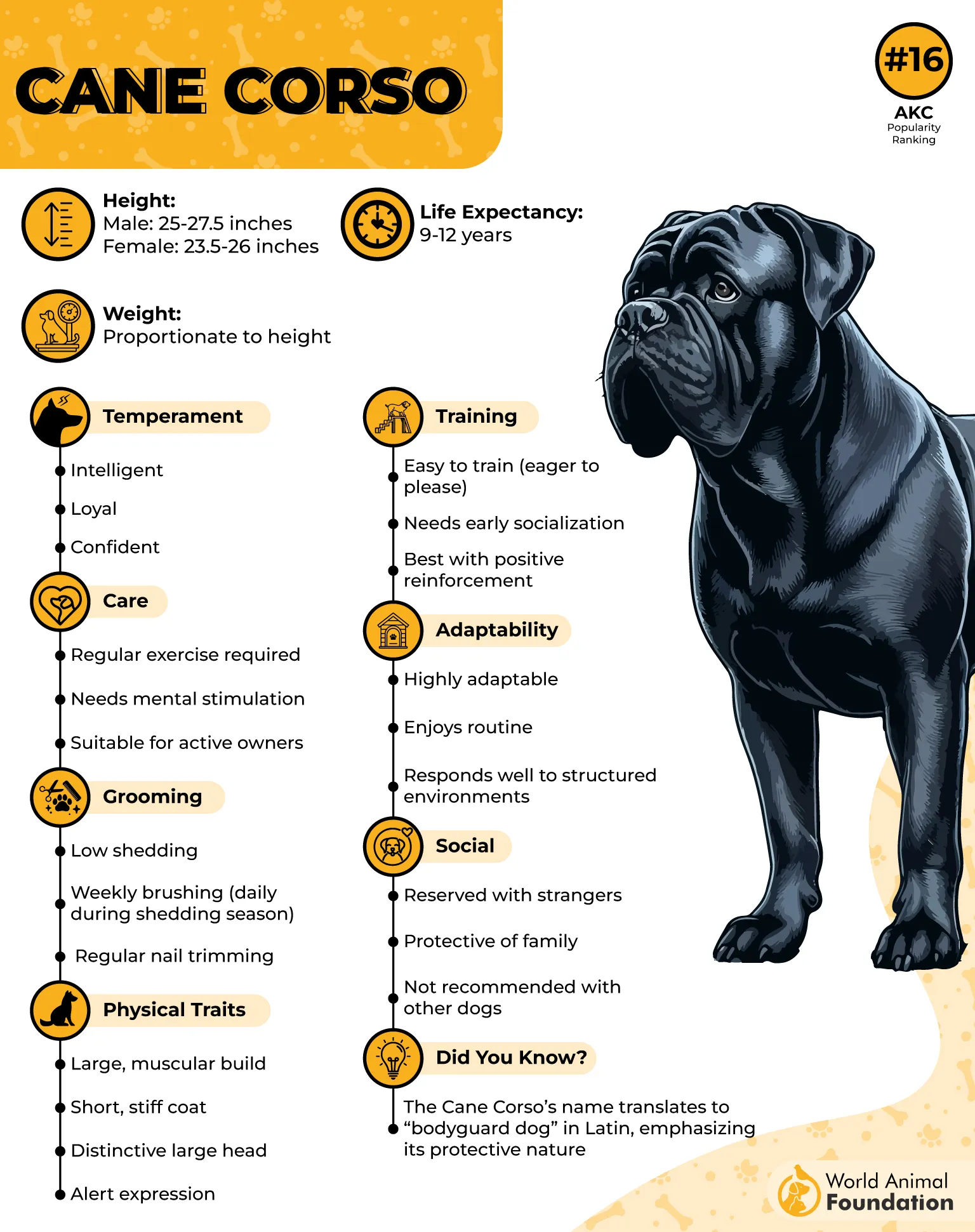
What Sets Them Apart
|
Trait |
Detail |
|---|---|
|
Temperament |
Dominant, watchful, strategic |
|
Warning Sign |
Quiet shift in stance or direct eye contact |
|
Trainability |
Responds best to experienced handling |
|
Best For |
Structured homes with confident leadership |
Their head is always level, scanning without panic, alert without flair. They’re not a clingy dog, but they’re never far either. In the right home, they’re that rare mix of protector and quiet presence.
They won’t crowd your bathroom, but they will stand outside the door, just in case. This is a pet that doesn’t rely on volume—they rely on timing, and they’re rarely off.
8. Giant Schnauzer
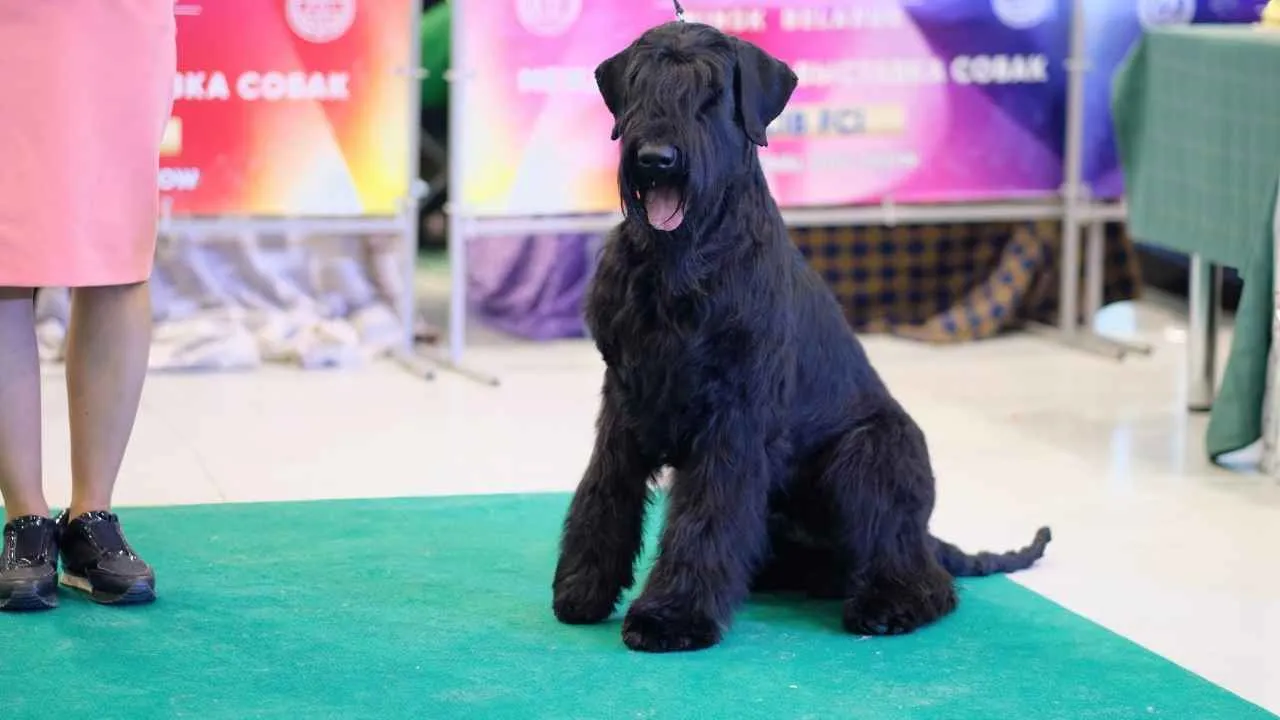
Giant Schnauzers are all business when it comes to protecting what’s theirs. Originally bred in Germany to manage livestock and guard estates, this breed doesn’t miss much.
Their mind are sharp, their reactions are fast, and their presence is unmistakable. They’re known to keep their owners in sight at all times, especially in unfamiliar places with strangers.
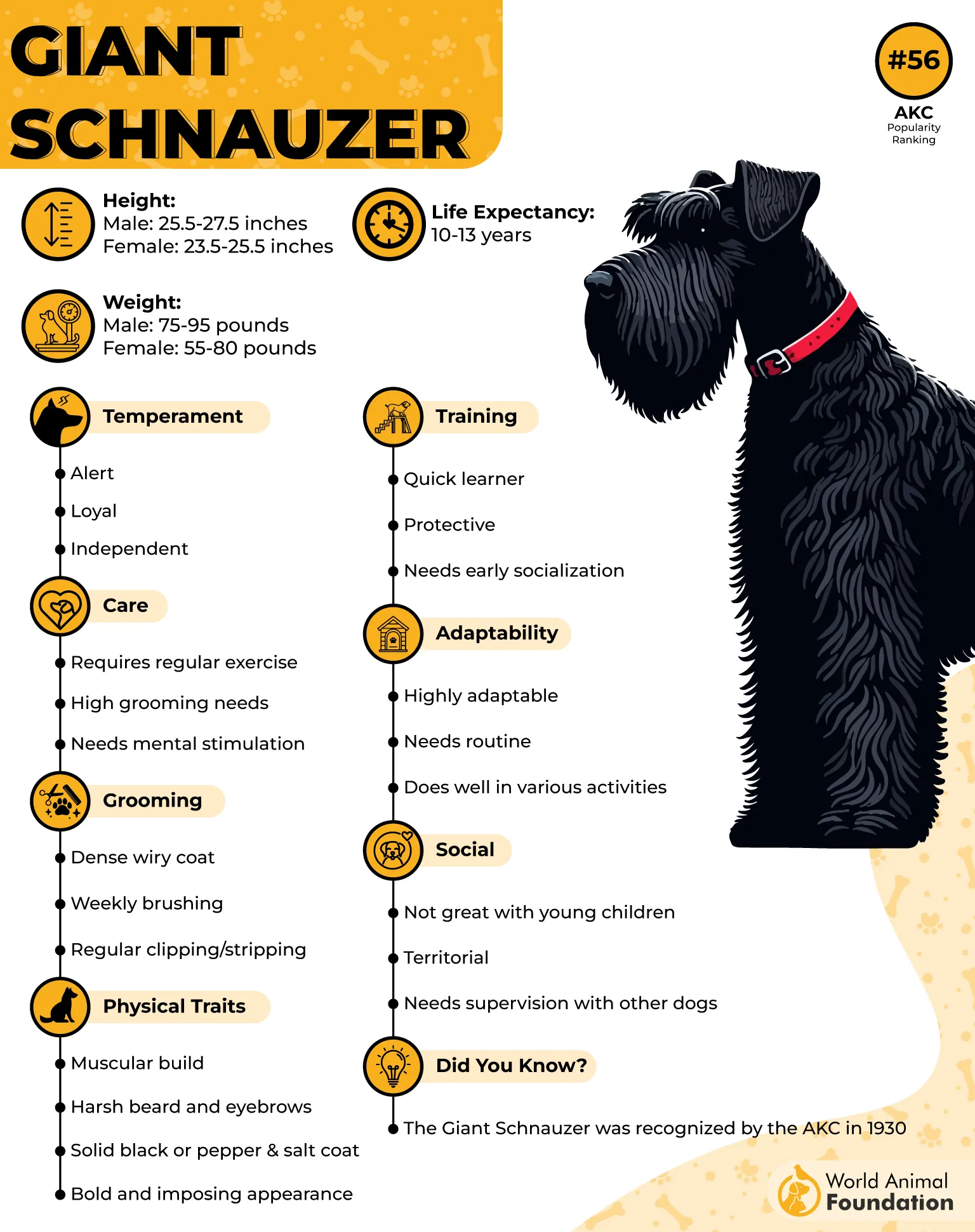
Giant Schnauzer at a Glance
|
Trait |
Detail |
|---|---|
|
Vocal Habit |
Loud, deliberate, and used to control movement |
|
Motivation |
Loves tasks—needs a reason to follow a command |
These dogs don’t just want attention—they want involvement. Leave them bored, and they might invent a game involving your kitchen trash or chew up your shoes out of frustration.
They’re excellent at reading body language and might try to “out-plan” you if left unchecked. A bored Giant Schnauzer will find its mission, so make sure it’s one you approve of.
9. Great Dane

Nicknamed the “Apollo of Dogs,” the Great Dane towers over most breeds, but what truly stands out is how tuned in they are to their family’s emotions. They’re not big on casual friendships with random people on walks.
If a stranger tries to touch their human—especially without permission—the Dane may see it as a breach of trust or a potential threat. Originally bred in Germany for wild boar hunting, they’ve evolved into loyal companions that blend watchfulness with surprising gentleness.

Great Dane at a Glance
|
Trait |
Detail |
|---|---|
|
Attitude |
Affectionate, observant, emotionally responsive |
|
Reaction Style |
Physical interception—not loud or aggressive |
|
Best For |
Homes with space, kids, and relaxed routines |
Great Danes love to sit like they’re lap-sized, unaware (or uncaring) that half their body is falling off the couch. What makes them unique isn’t just their size, it’s the contrast—they look like titans but act like overgrown puppies.
Their short coat is easy to manage, and while they don’t demand nonstop play, they do appreciate a good walk, a treat, or a talk now and then.
Conclusion
Not all dog breeds are built the same, and picking the right one comes down to more than just looks. Whether you’re leaning toward a small dog or a working breed, what matters is how that pet fits into your life, your house, and your routine. Without proper training, even the most protective dogs can become more of a risk than a help.
From their ears to their posture, these dogs are always on watch. Some were made to guard flocks of sheep, others to shadow their owners through every walk and moment. But one thing’s universal: these furry companions need structure, trust, and patience.
The point isn’t to force obedience—it’s to build a bond. That might mean consulting a good veterinarian, offering consistent care, or even adopting from a rescue that just needs a second break. Some of these breeds won’t tolerate chaos. Others may not mesh with a second dog or easily make friends. They need space to eat, time to adjust, and respect for what they were bred to do.


